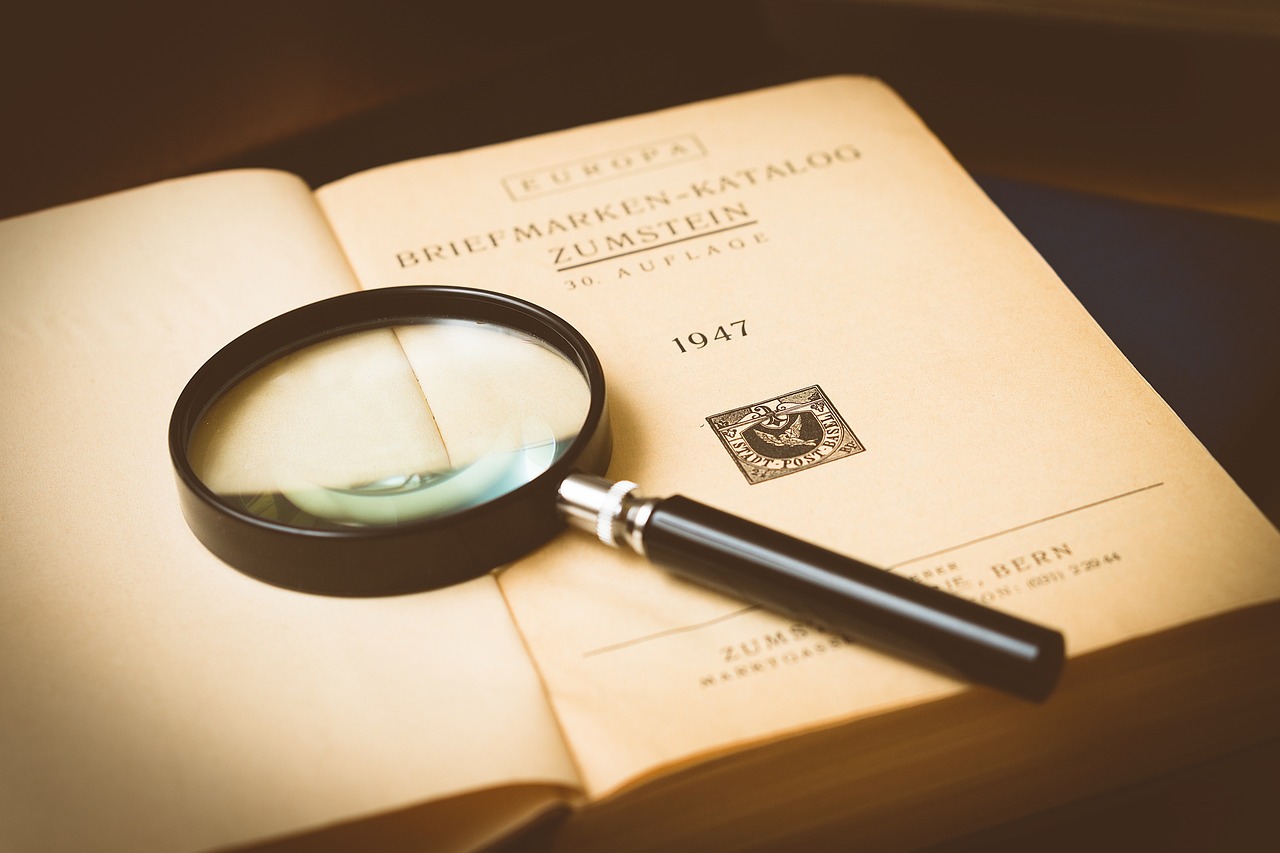Crime novels have long been a popular genre among readers, captivating them with their thrilling plots, complex characters, and suspenseful storytelling. From classic detective stories to psychological thrillers, crime novels have the power to keep readers on the edge of their seats, eagerly turning the pages to uncover the truth behind the mystery.
Writing a compelling crime story is no easy task. It requires careful planning, meticulous research, and a deep understanding of human nature. The challenge lies in creating a plot that keeps readers guessing, developing characters that are both relatable and intriguing, and crafting a narrative that is filled with tension and suspense.
Luckily, Page to Published is here with our guide on How to Plot a Crime Novel. Read on!
Creating the Perfect Plot for a Crime Novel
A strong plot is the backbone of any crime novel. It is what drives the story forward and keeps readers engaged from beginning to end. To create a plot that captivates readers, it is important to start with a central mystery or crime that needs to be solved. This could be a murder, a theft, or any other type of criminal activity.
Once you have established the central crime, it is important to create twists and turns that keep readers guessing. This can be done by introducing red herrings – false clues or suspects that lead the protagonist and the reader down the wrong path. These red herrings should be believable and well-developed, adding depth and complexity to the story.
One example of a successful crime novel plot is Gillian Flynn’s Gone Girl. The story revolves around the disappearance of Amy Dunne on her fifth wedding anniversary. As the investigation unfolds, the reader is taken on a rollercoaster ride of twists and turns, with unexpected revelations that keep them guessing until the very end.
Developing Characters That Will Keep Readers Engaged
In addition to a strong plot, compelling characters are essential in crime fiction. Readers need someone to root for – a protagonist they can relate to and invest in emotionally. It is important to create characters that are complex and multi-dimensional, with their own motivations, flaws, and secrets.
One way to develop interesting characters is to give them a backstory that informs their actions and decisions. This could be a traumatic event from their past, a troubled childhood, or a personal vendetta. By giving your characters depth and complexity, you make them more relatable and engaging to readers.
An example of a memorable crime novel character is Lisbeth Salander from Stieg Larsson’s The Girl with the Dragon Tattoo. Lisbeth is a brilliant hacker with a troubled past, making her both vulnerable and dangerous. Her unique personality and skills make her a compelling protagonist, and readers are drawn to her strength and resilience.
Similarly, when JD Kirk wanted to write a story about Heather Filson, a much-reviled character from his DCI Logan series, he knew that the best way to bring readers around to Heather was to give glimpses of her backstory that would show how she had been shaped into the prickly, hard-nosed woman she is today. Showing the reasons why someone is the way they are can be a great way of helping readers to empathise with even quite unlikeable characters.
Writing Tips for Crafting a Compelling Crime Story
Crafting a compelling crime story requires skillful storytelling techniques that build tension and suspense. One way to do this is by using pacing to control the flow of information. By strategically revealing clues and information to the reader, you can keep them engaged and guessing throughout the story.
It may be that your reader and the detective are finding out information at the same time. It could be that your readers knows more than the police do, or that your investigator has worked the whole thing out on page one, and is slowly building the evidence. Whatever structure your crime novel takes, drip-feeding the reveals bit by bit will help keep the plot moving along.
Readers also love plot twists and surprises, and is a crime novel even a crime novel if it doesn’t have a few of these?
They can take many forms – a second body is found, a major suspect provides an alibi, a witness turns out to be a fantasist looking for five minutes of fame. Your crime plot should twist and weave, leading readers on an unpredictable journey. Generally, it’s expected that the mystery will be resolved by the end of the story, but getting there should never be a straight line.
By introducing unexpected developments in the story, you can keep readers on their toes and prevent them from predicting the outcome too early. However, it is important to make sure that these plot twists are believable and do not feel forced or contrived.
Balancing action and exposition is also crucial in crime fiction. While action scenes can be exciting and fast-paced, it is important to provide enough exposition to give readers a deeper understanding of the characters and their motivations. This can be done through dialogue, internal monologue, or flashbacks.
And, of course, the ‘plot’ of the crime, be it robbery, murder, or something else entirely, must make sense. A murderer must have a motive. A locked room mystery must have a solution. Building a puzzle over three hundred pages, and then providing a weak, unconvincing answer – or worse, no answer at all – will leave readers feeling severely let down.
Researching Crime Scenes and Police Procedures
Common wisdom says that accurate research is essential in crime fiction to ensure that the story is believable and realistic. This includes researching crime scenes, police procedures, forensic science, and legal processes. By understanding the intricacies of these elements, you can create a story that is both engaging and authentic.
To research crime scenes and police procedures, it is helpful to consult experts in the field. This could be law enforcement professionals, forensic scientists, or legal experts. They can provide valuable insights and help you avoid common mistakes or misconceptions.
One example of a crime novel that uses research effectively is Michael Connelly’s The Poet. The story follows a journalist who becomes obsessed with solving a series of murders that are connected to a mysterious poet. Connelly’s background as a former crime reporter shines through in the meticulous research and attention to detail in the novel.
That said…
There are very few hard and fast ‘rules’ in writing, and JD Kirk takes a contrary position to the above. Despite selling over 3 million copies of his DCI Logan series, he openly admits to having done very little research into how police investigations work, and has instead focused character development and humour to keep readers coming back for more.

Understanding the Psychology of Criminals and Detectives
Psychology plays a crucial role in crime fiction, as it helps to create realistic and compelling criminal and detective characters. By understanding the motivations, behaviors, and thought processes of criminals and detectives, you can create characters that are believable and intriguing.
Just like with the detectives in your story, to create realistic criminal characters, it is important to delve into their backstory and understand what drives them to commit crimes. This could be a desire for power, revenge, or simply a lack of empathy. Or, it could be one of an infinite number of other reasons, as long as they stand up to logical scrutiny.
So, a killer murdering a bus full of nuns because he’d spilled soup down his front three weeks previously and can’t get the stain out, would be a bizarre motive that readers would, quite frankly, hate you for. And rightly so.
But, if he suffered years of childhood abuse in a Catholic school, and has been suffering from PTSD and panic attacks ever since, then we start to buy him as a possible antagonist.
By exploring their psychology, you can make them more complex and interesting, and that’s what, ultimately, keeps readers coming back for more..
Tips for Success as a Crime Author
So, as you see, writing a crime novel requires careful planning and research, and the ability to create characters that readers identify with.
By crafting a compelling plot, developing complex characters, and understanding the psychology of criminals and detectives, you can create a crime novel that captivates readers and keeps them coming back for more.
Then, once you’ve written the book, it’s time to decide whether to submit it to traditional publishers, or self-publish it on Amazon KDP and other platforms. At Page to Published, we’re all in favour of self-publishing. But, since everyone is different, we have written this article to help you decide if it’s the right option for you.
If you’re interested in learning more about self-publishing and how to effectively market your crime novel without breaking the bank, you can check out JD Kirk’s Bookstrapping course. In it, you’ll discover practical tips and strategies to research, write, produce and promote your work, all without spending a penny.



